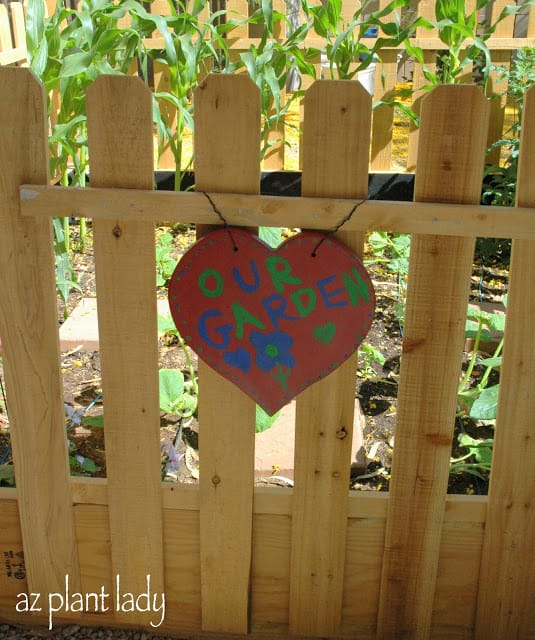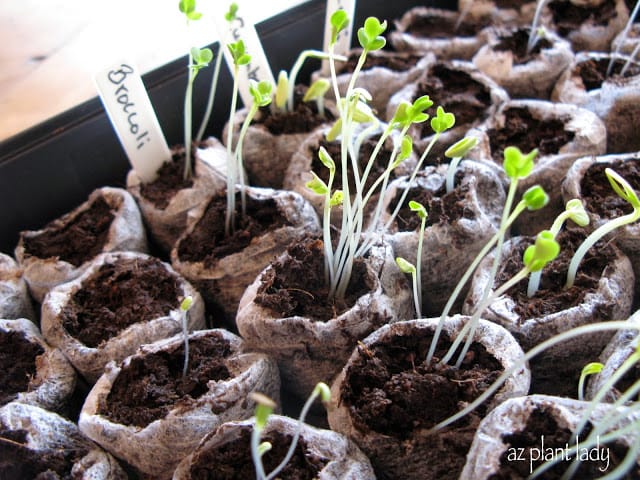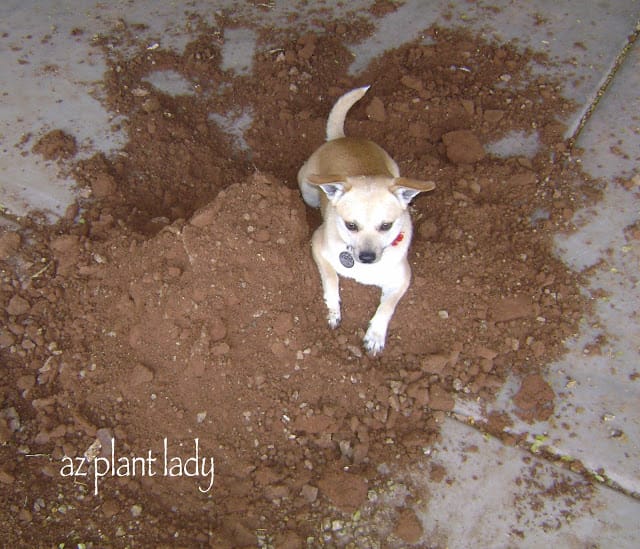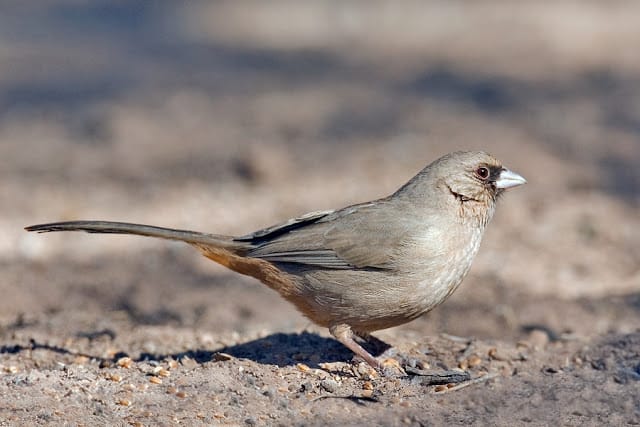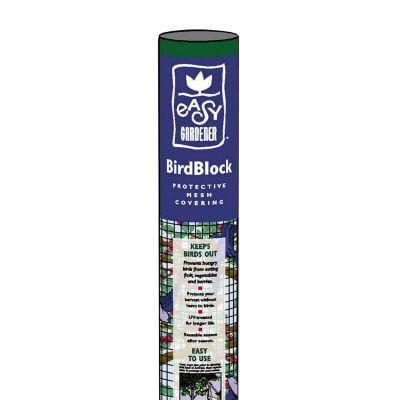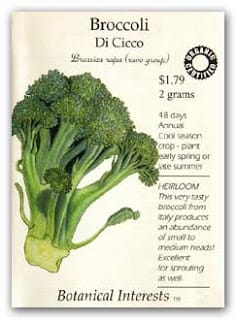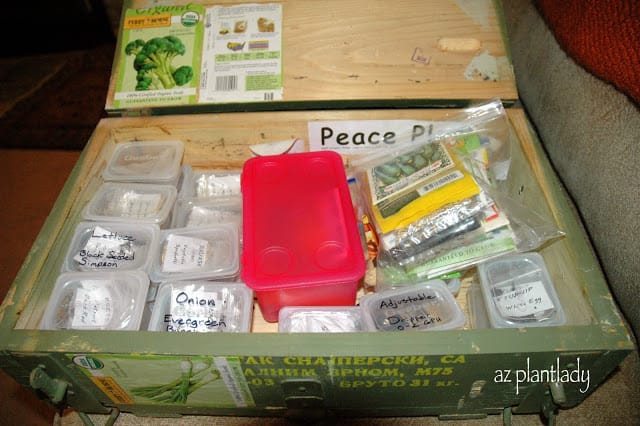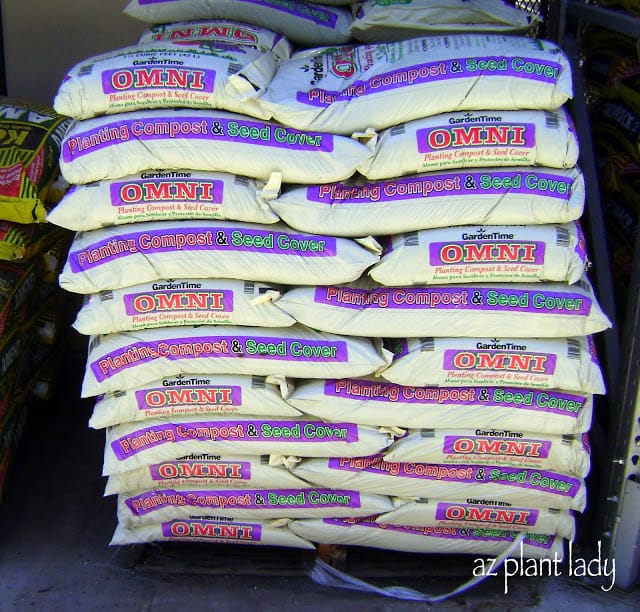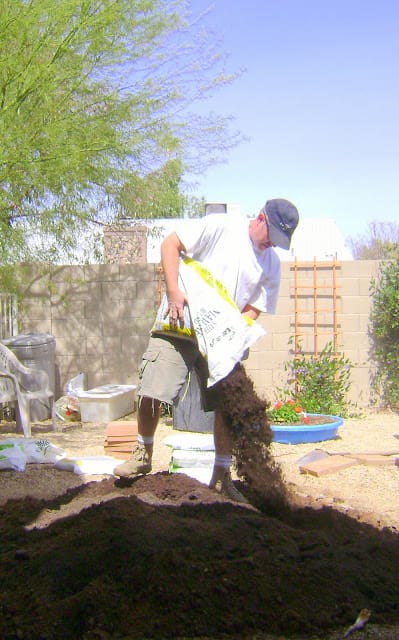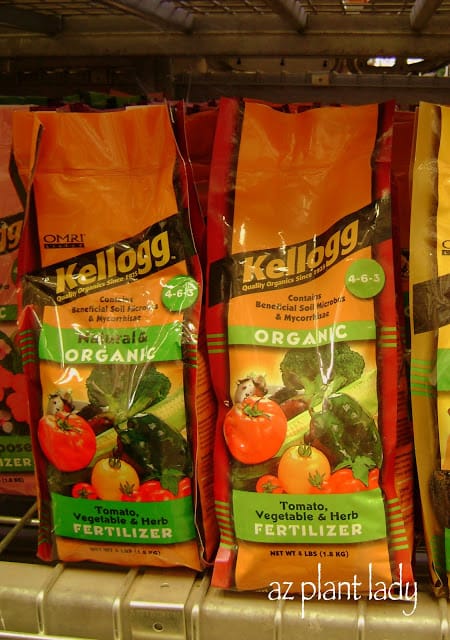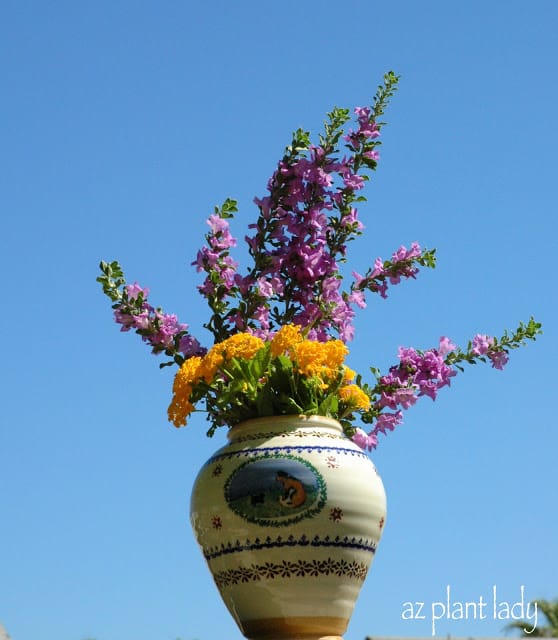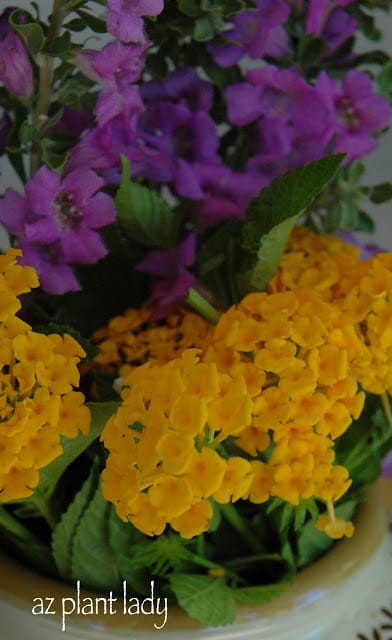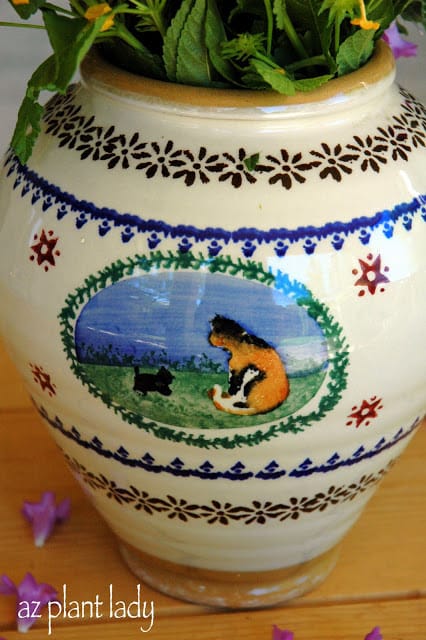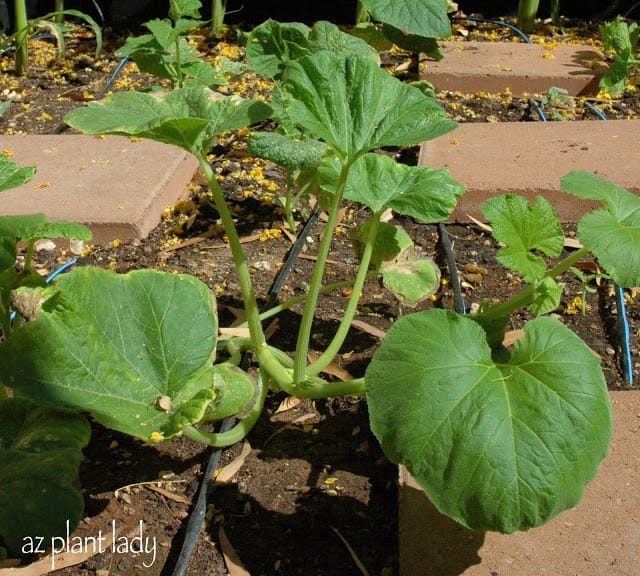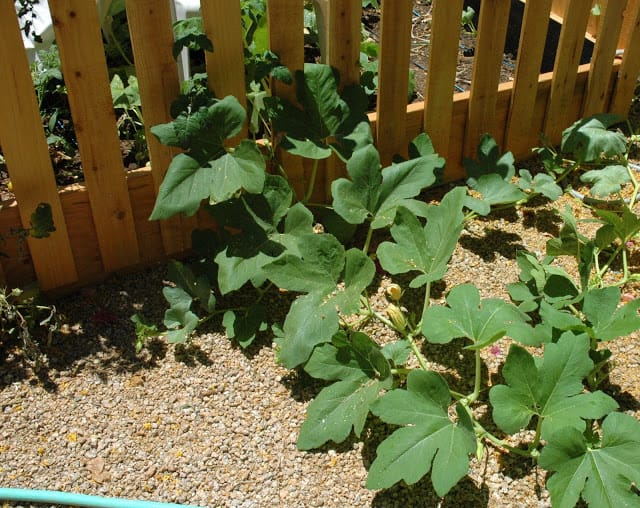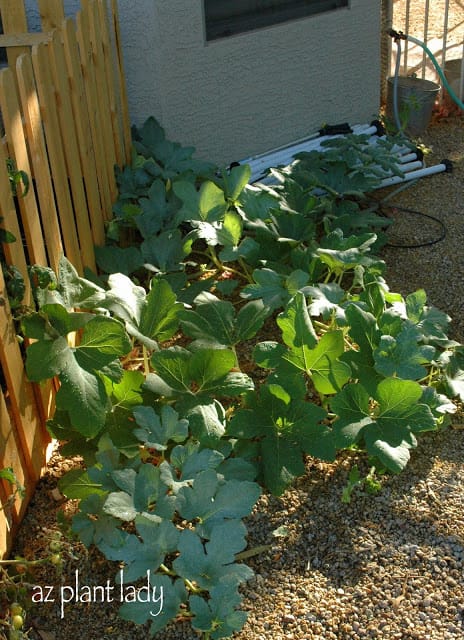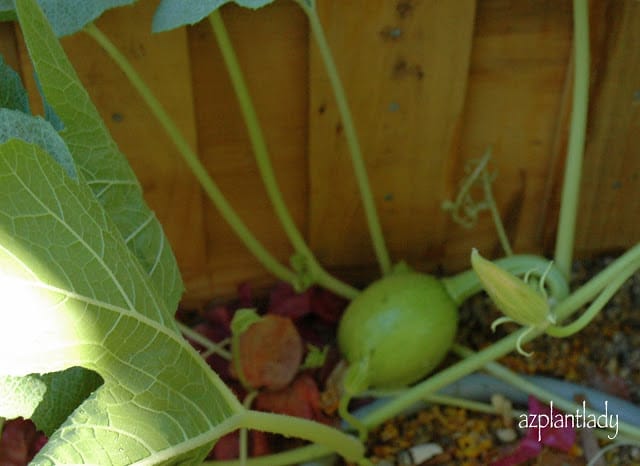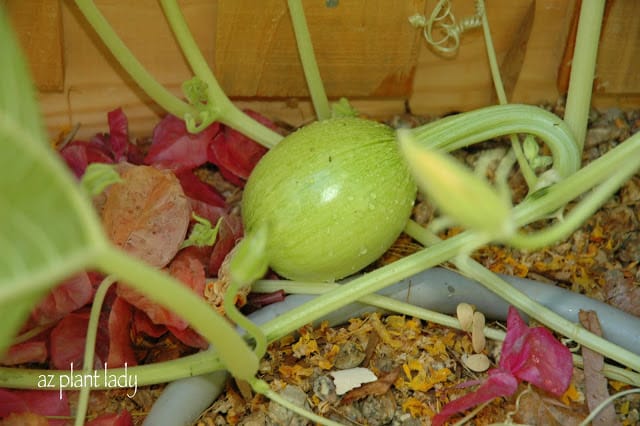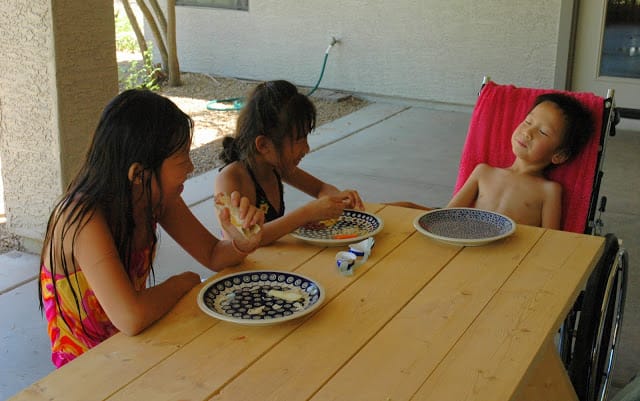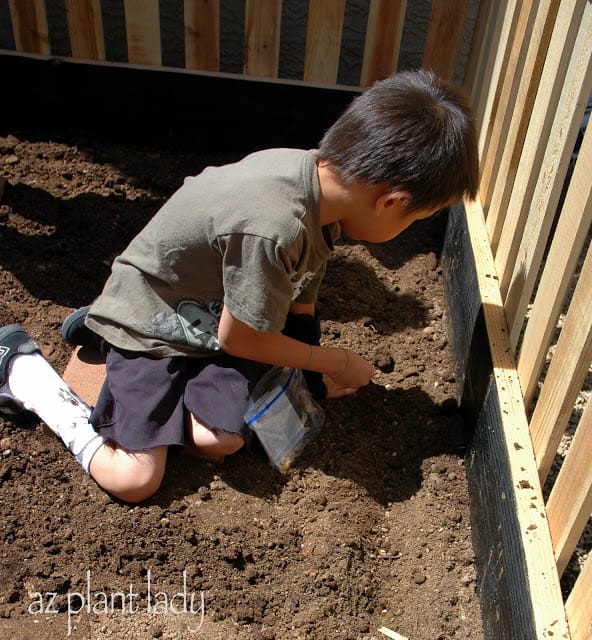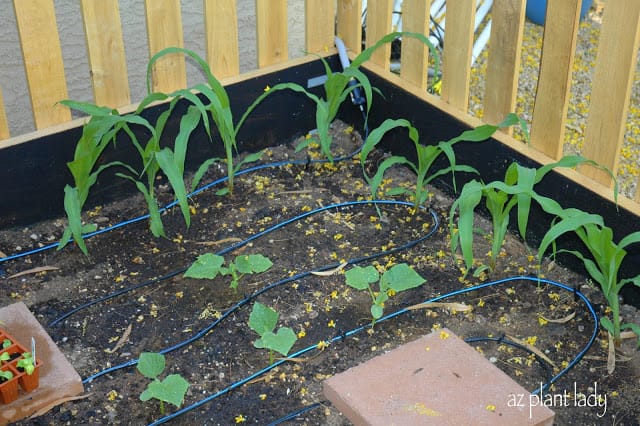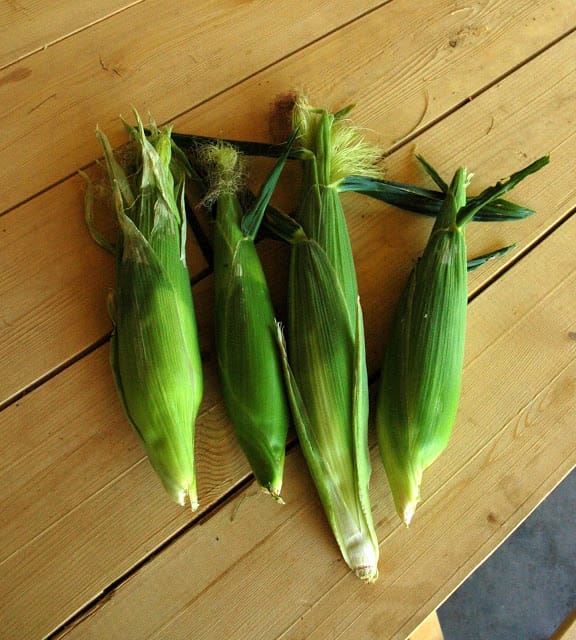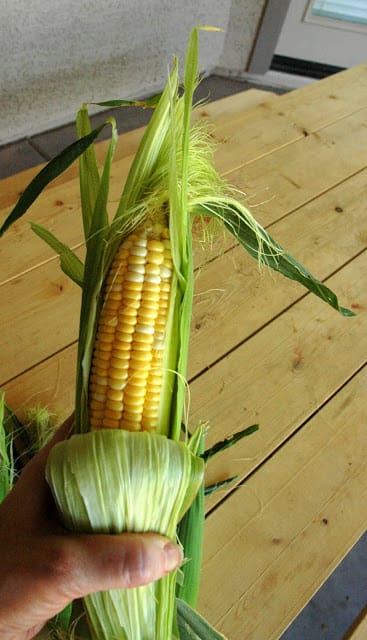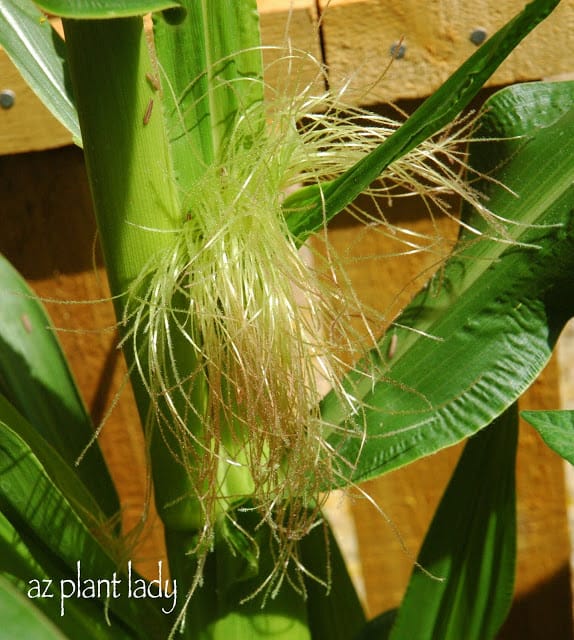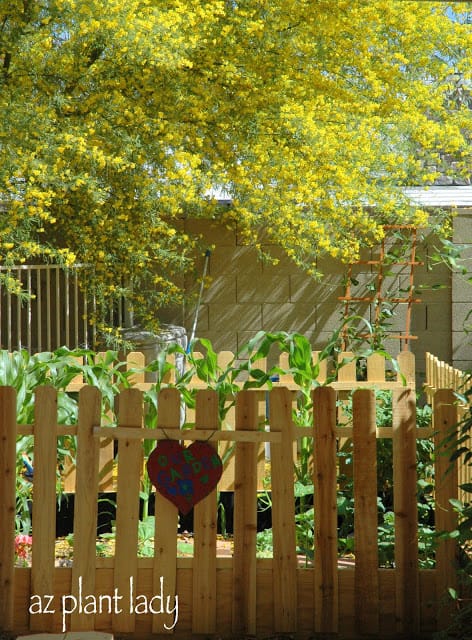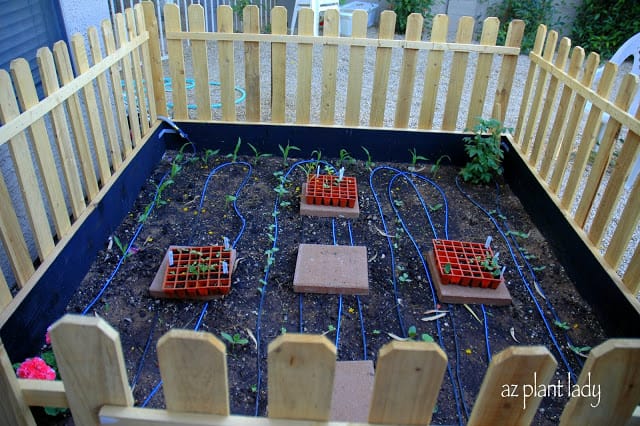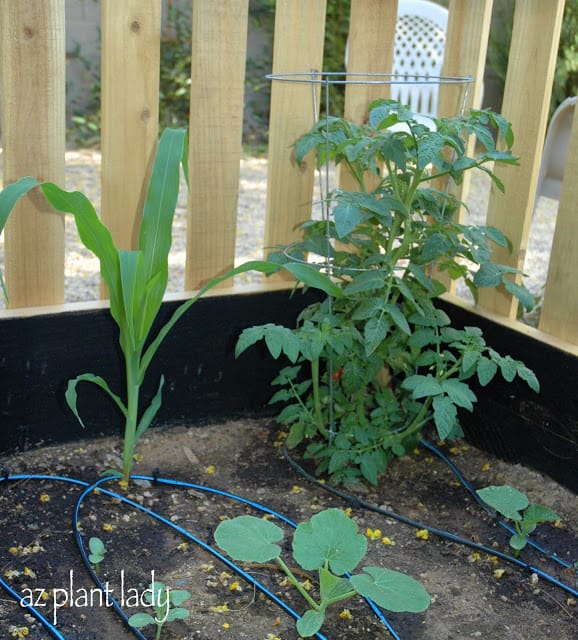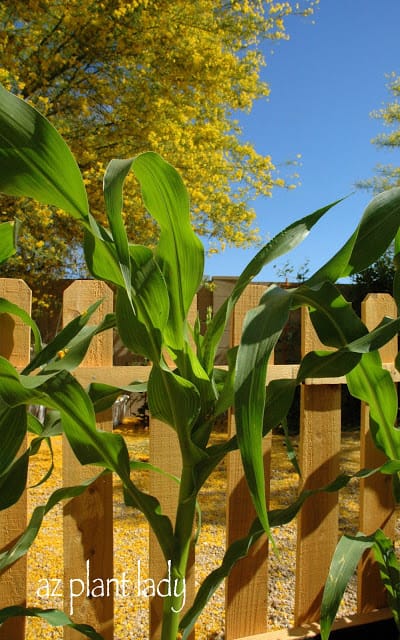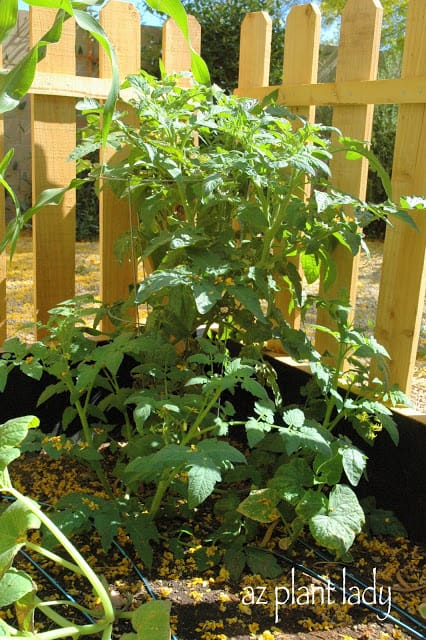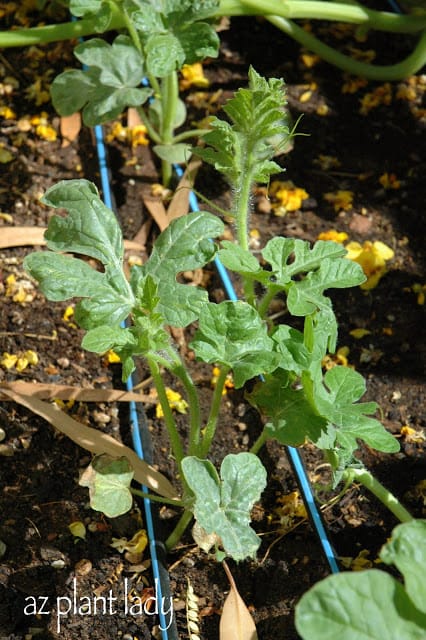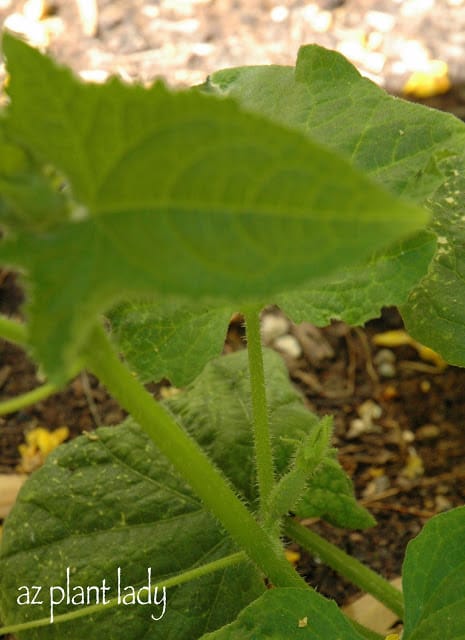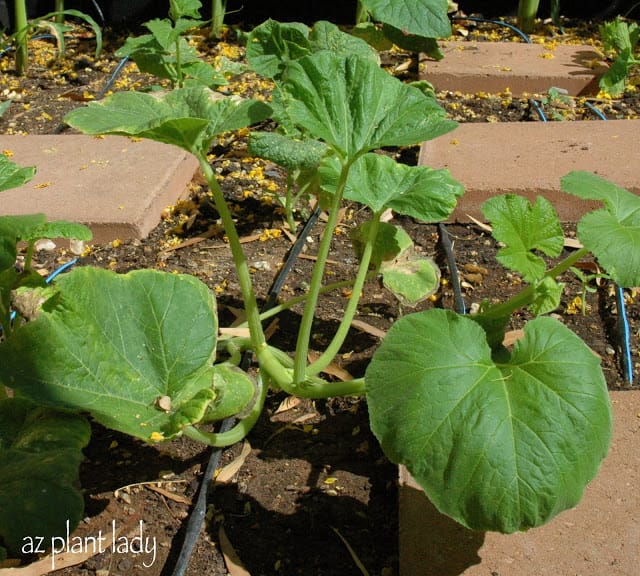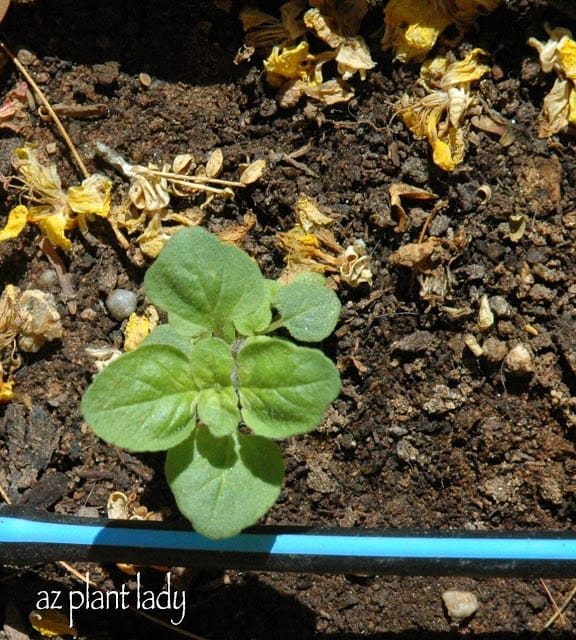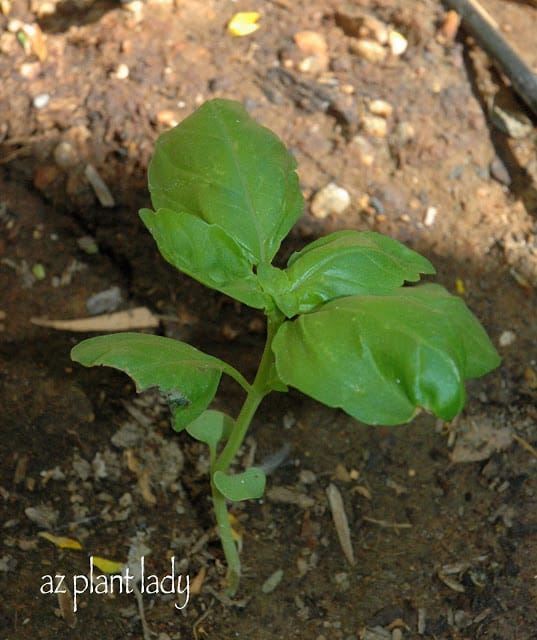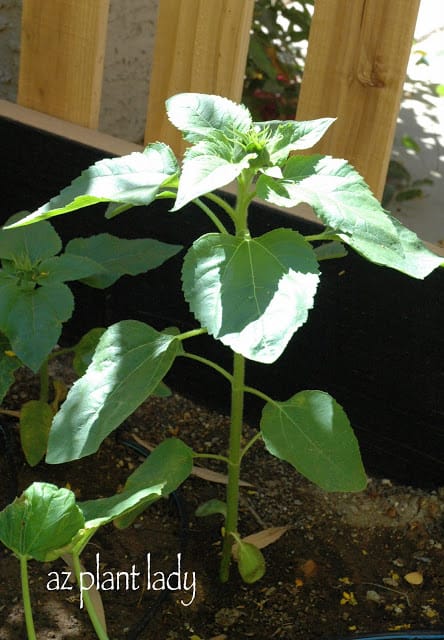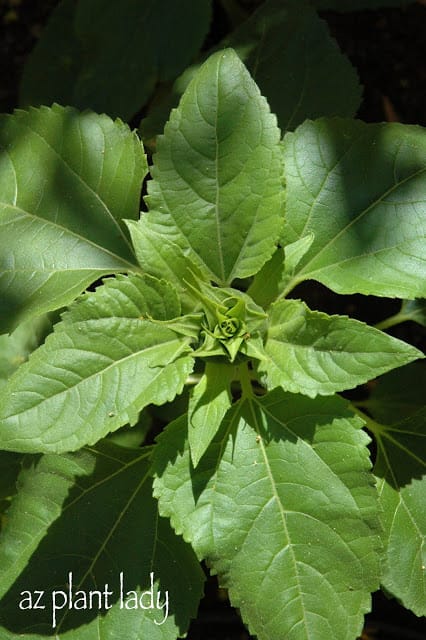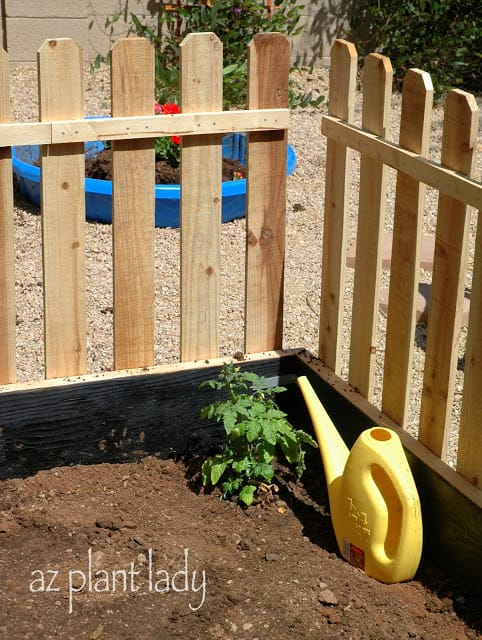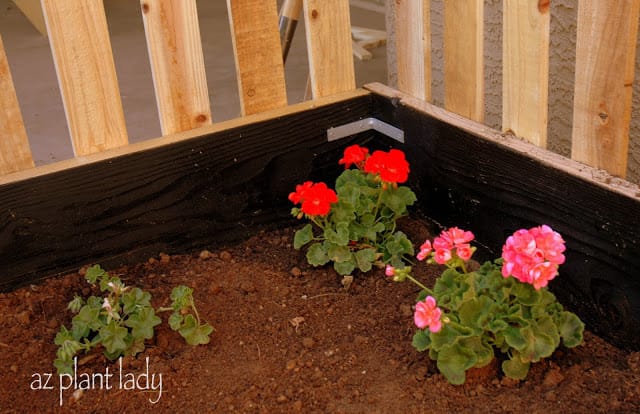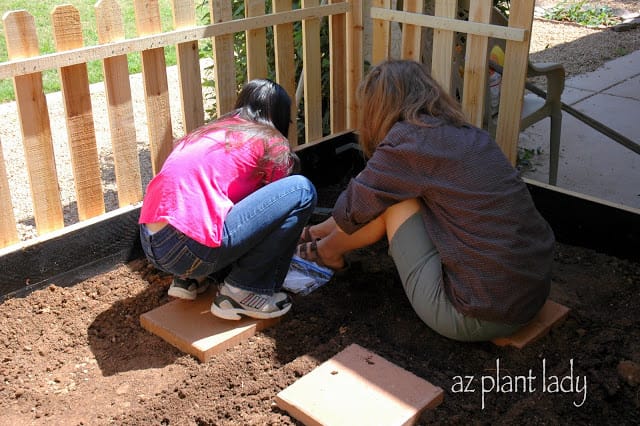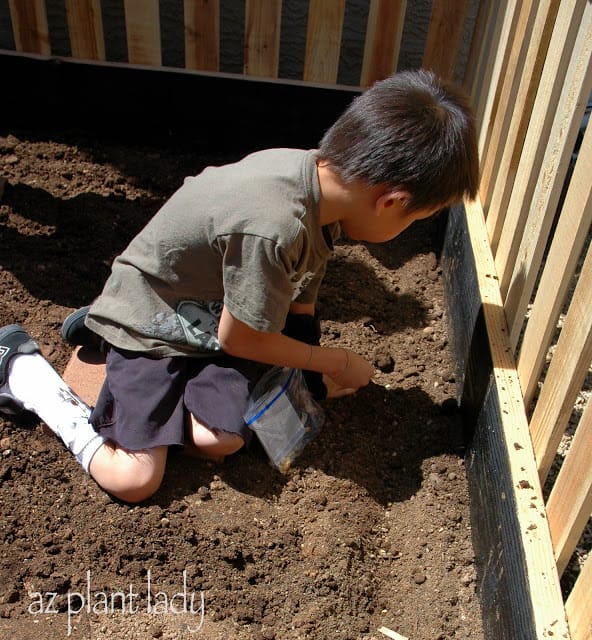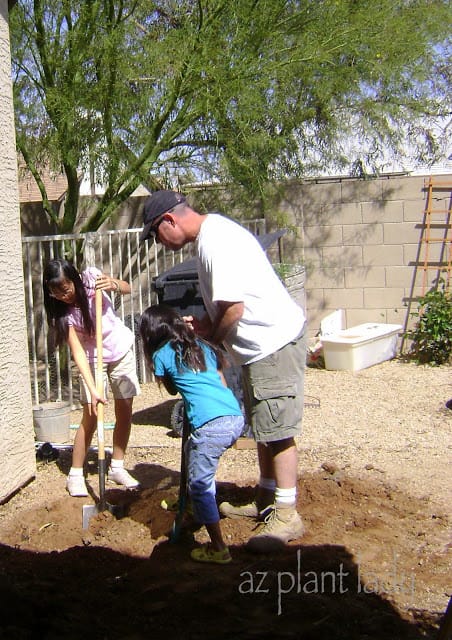All of us (I hope) have experienced the benefits of having a good friend. A good friend is someone that you can enjoy good times with, but they are also there to lean on in times of trouble and provide support.
Well, don’t you think your vegetables deserve the same benefits that friendship offers?

Vegetables need friends
Now at this point, some of you may be thinking that I have finally turned into a crazy plant lady…..seriously – vegetables need friends? Well, the answer is yes. Vegetables do best when special ‘companion’ plants are planted among them.
Okay, so what does a companion plant do? Well depending on the kind of plant, they can repel damaging insects and/or attract beneficial insects. If you add companion plants interspersed throughout your vegetables, they will be much healthier and you will have fewer headaches due to fewer insect problems.
Here are some of my favorites…..

Alyssum (Lobularia maritima), not only has a beautiful, sweet fragrance, but they also attract butterflies and ladybugs which are important pollinators. Insects that eat mealybugs, scale, thrips and spider mites are also attracted to the alyssum and will help to keep those damaging bugs away.

Bachelor’s Button (Centaurea cyanus), also attracts pollinators that are so important to the formation of your vegetables. They also attract insects that will prey upon damaging insects such as scales and thrips.

Now who doesn’t love the bright flowers of Cosmos (Cosmos bipinnatus)? Well your vegetables would love to be friends with them. In addition to attracting insects that will feast upon mealybugs, Cosmos also serve a general deterrent to insects.
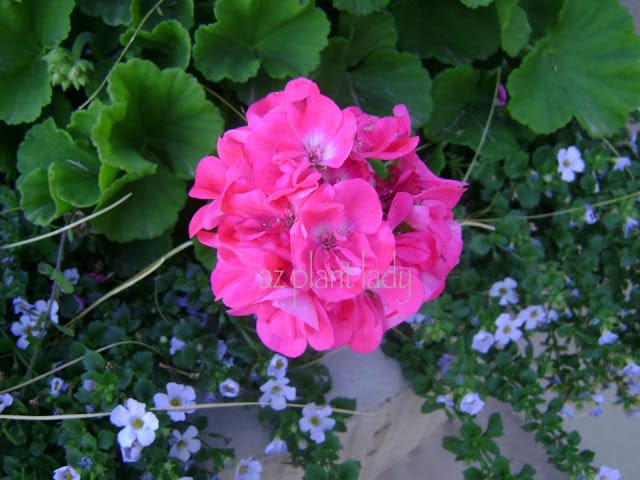
Pelargoniums commonly called Geraniums not only beautify your vegetable garden, but their distinctive smell deters many insects.
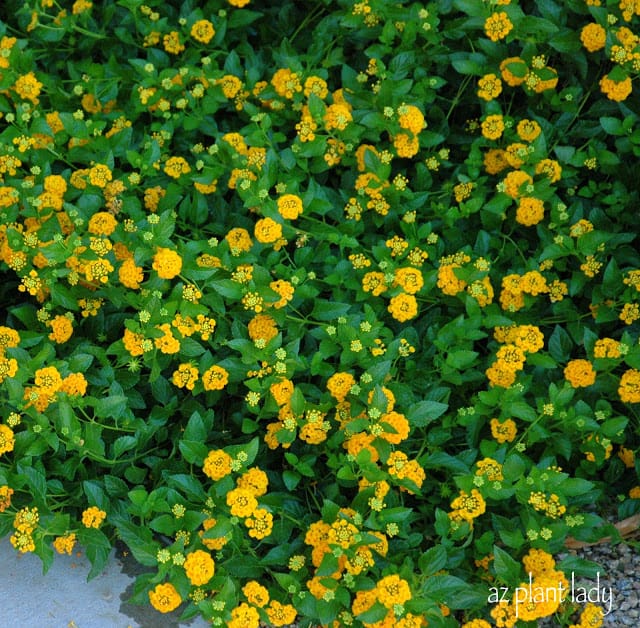
Anytime you encounter Lantana in full bloom, you may also notice butterflies hovering above, which serve as pollinators in the garden. Lantana are also a magnet for the irritating whitefly. By planting some Lantana in close proximity to your vegetables, the whiteflies will be so busy with the Lantana that they are more likely to leave your vegetables alone. Try to think of it as a choice between eating an ice cream sundae or broccoli 😉
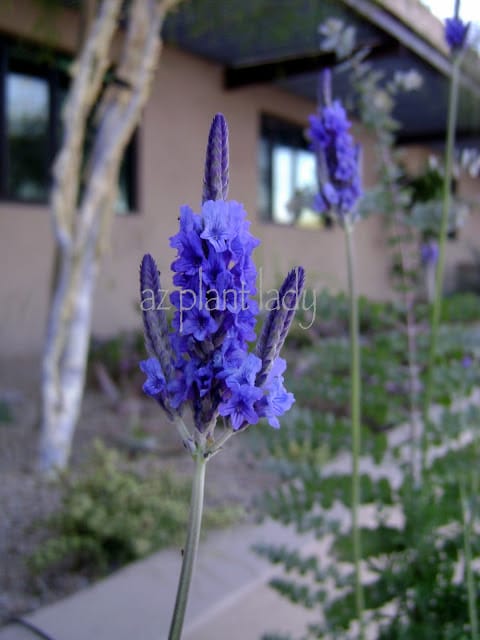
I just love Lavender and now I have a reason to include it in my garden. It serves as a great repellent for ants, aphids, fleas, ticks, mosquitoes and silverfish. In areas where I used to work, it was one of only 10 plants that the rabbits and javelina would leave alone. Butterflies and bees do not seem to share the same aversion to Lavender…..they love it.
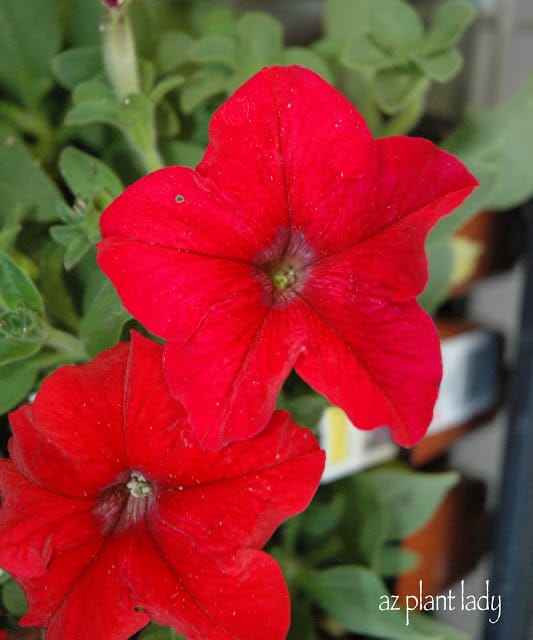
Petunia hybrids are a very popular flower and it is easy to see why with their large, bright flowers. But they also make great companions for vegetables (& roses) as well because aphids do not like them and tend to stay far away.
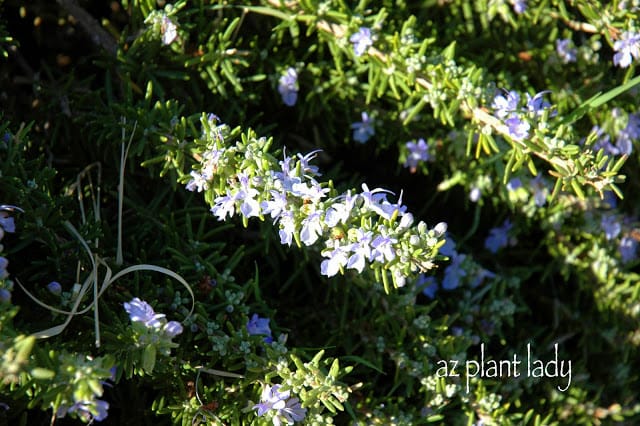
Rosemary (Rosmarinus officinalis) isn’t just for cooking. When in flower, bees are attracted to this wonderful herb and will often stick around to pollinate your vegetable flowers (yes, vegetables do flower and need to be pollinated). It is thought that the aromatic fragrance of the Rosemary messes with the ability of damaging insects to detect delicious plants in the vicinity.
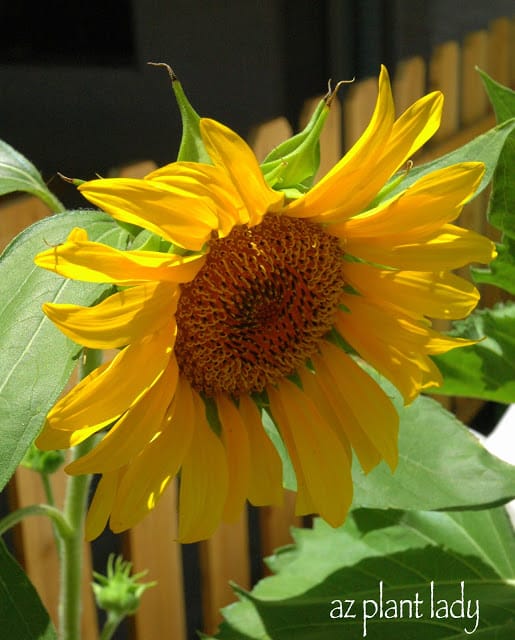
Anyone who has grown Sunflowers (Helianthus annuus), knows that bees are drawn to them. Well, if you didn’t already know this…..bees are vital for a healthy garden. Sunflowers also offer another benefit to the vegetable garden. When planted on the west side of the vegetable garden, they will provide shade in the summer for your vegetable garden.
These are just a sampling of companion plants (and the only ones that I had pictures of). There are many more wonderful companion plants:
Basil
Calendula
Catmint
Catnip
Chives
Coreopsis
Dill
Fleabane
Marigold
Mint
Nasturtium
Sage
and
Thyme
I currently have both Marigolds and Nasturtium growing inside my vegetable garden. I am also (meaning my husband) in the midst of building a flower garden which will surround my vegetable garden. I will include many of these companion plants as well as some purely ornamental flowers.
And so, if you have a vegetable garden that looks a little lonely, or if you are tired of the battle with damaging insects…..try bringing some ‘friends’ into your garden. Your vegetables will thank you for it.
October Craziness….Cactus, Spiders, Stormy Weather and a Mixed-up Bird

